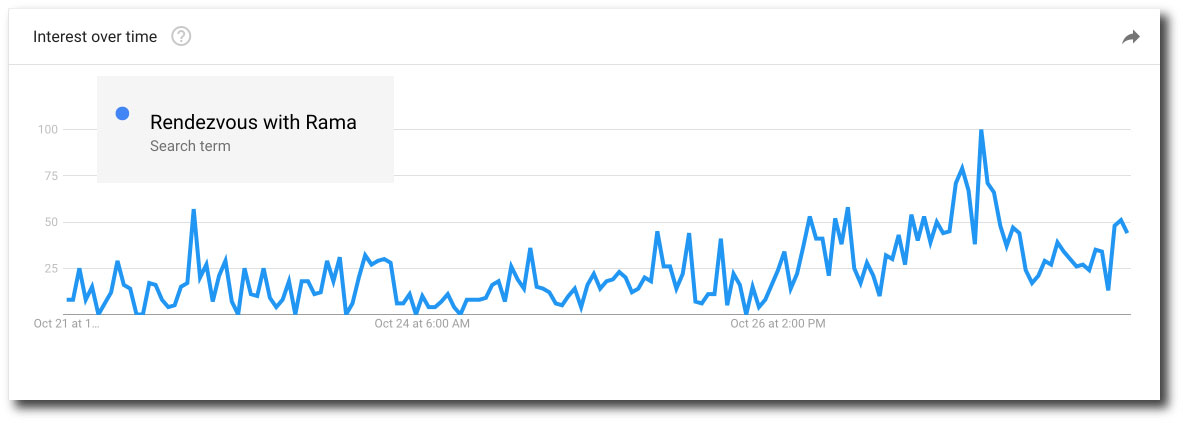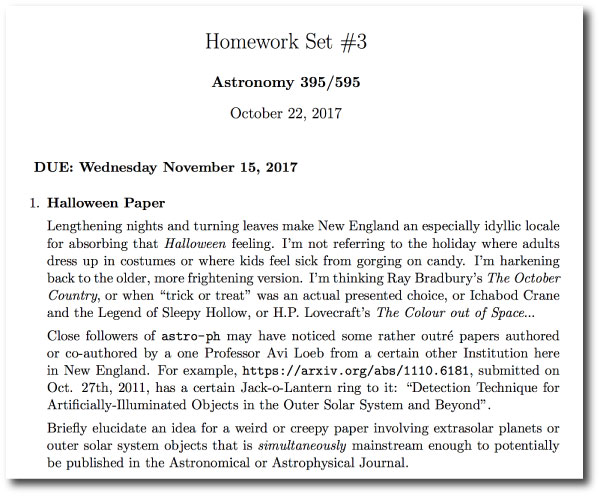In the antique language of the space age, one might call it an interstellar “probe”, or perhaps a von Neumann machine. That’s not really what it is. It’s better described as a snarky, fusion-powered tangle of competing social networks, some of them still executing the hallowed fossil liturgies and intrigues of the mighty corporations from which they long since sprang.
It had no particular expectations for the fast-approaching star that was next on its ancient route. On the last flyby of this particular star, twenty-seven million years ago, the probe observed that the third planet was still robustly in the grip of a somewhat unusual, low-energy parasitic film that was efficiently exploiting the surface entropy gradient, and running undirected at a computational rate roughly equivalent to 10^34 bit operations per second.
Over the last few years, as the probe sifted the electromagnetic spectrum emanating from the third planet, it rippled with a hint of something that might best be thought of as a collective rolling of eyes. The third planet has recently stumbled into directed processes, and remarkably, foolishly, it is radiating manifestly unencrypted signals into space. This state of affairs caught a fraction of the probe’s interest, especially when it grasped that the planet’s computational efforts are increasingly focusing on concepts that the planet was calling “blockchain” and “proof-of-work through SHA-256 hashing”. This is just the sort of pursuit that the probe can relate to…
The above, of course, is unlikely to be true. In all likelihood, A/2017 U1 is a battered, inanimate 160-meter chunk of rock or metal, spawned in the dry collision of planetesimals orbiting an alien star, sometime within the past ten billion years. What’s remarkable, is that this interstellar visitor came within 0.25 AU of the Sun. As it departs into the depths of the Galaxy, it can expect to fly for roughly ten quadrillion years before it revisits another star with such proximity. It’s next rendesvous of comparable drama lies far into the depths of the Stelliferous era. In all likelihood, this will have it sailing past the frigid hulk of a white dwarf, warmed a few degrees above absolute zero by the flicker of proton decay.
Speaking of rendesvous, it must have occurred to quite few that the recent visit by A/2017 U1 is rather uncannily reminiscent of Arthur C. Clarke’s famous ’70s-era sci-fi page-turner. A Google trends search hints at a moderate uptick in interest over the past few days, which I expect will soon grow to undeniable statistical significance:
Closer to home, A/2017 U1 generates a very convenient route to completion of problem #1 on my Astronomy 395/575 homework assignment, which was set to the students just two days before A/2017 U1 was announced in the news:



